Upgrade Your Lighting: How to Easily Replace an Incandescent Bulb with LED for Energy Efficiency
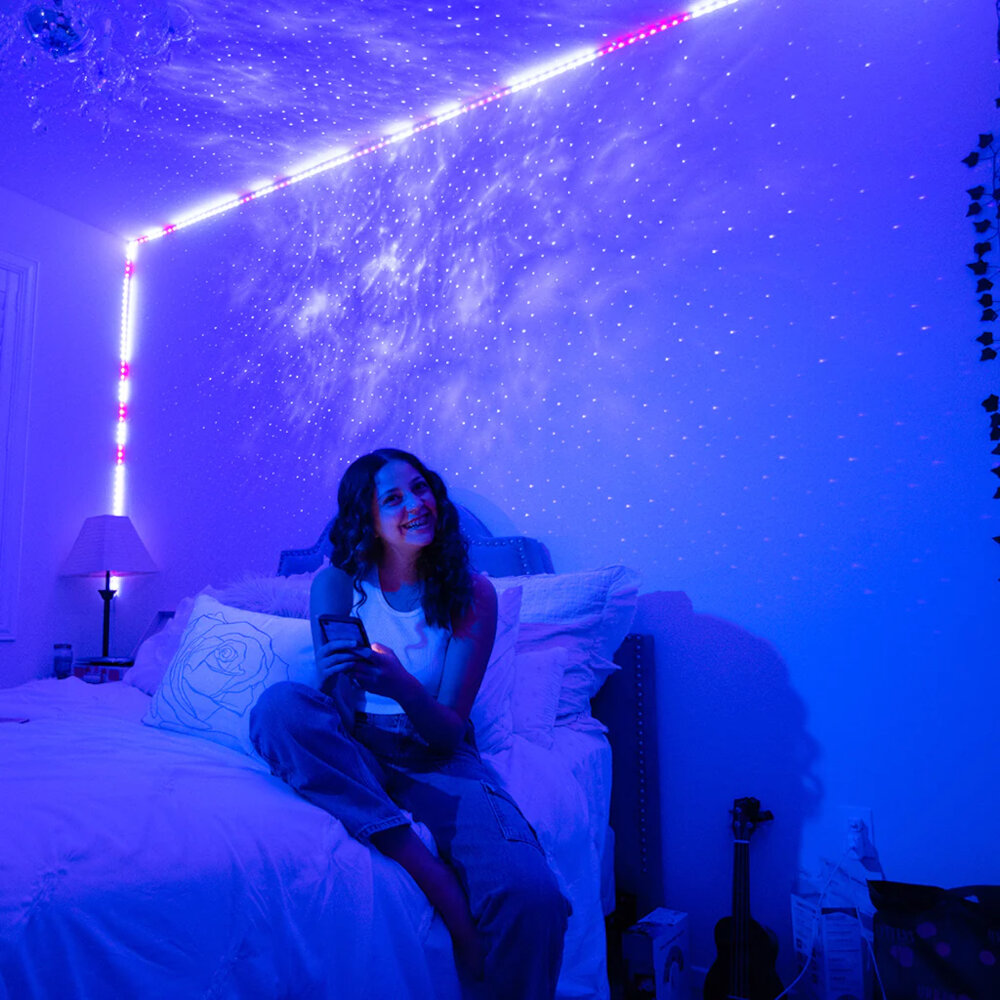
Lighting is an essential aspect of our daily lives, and it is crucial to have an energy-efficient system in place. One of the easiest ways to upgrade your lighting and save energy is by switching from incandescent bulbs to LED (Light Emitting Diode) bulbs. LED bulbs are incredibly efficient and consume significantly less energy than traditional incandescent bulbs. They are also long-lasting, making them an economical option in the long run. This article will guide you through the process of replacing your old incandescent bulbs with LED bulbs, giving you a step-by-step guide to ensure a smooth transition to energy-efficient lighting. Most people are already familiar with the concept of LED lighting, but not everyone knows how to make the switch. LED bulbs are a newer technology that uses less energy to produce the same amount of light as an incandescent bulb. They also last much longer, meaning you won’t have to replace them as frequently. Energy-efficient lighting is essential, not only because it helps reduce your energy bills, but also because it is better for the environment. By replacing your old incandescent bulbs with LED bulbs, you are not only saving money but also reducing your carbon footprint. This article will show you how to upgrade your lighting easily and efficiently, making the switch to LED an accessible and practical option for everyone.
Energy efficiency is crucial for several reasons. Firstly, it helps to reduce carbon emissions, which contribute significantly to climate change. By using energy-efficient lighting solutions like LED bulbs, we can reduce the amount of energy we consume and, therefore, lower our carbon footprint. Secondly, energy efficiency helps to reduce energy costs. By using less energy, we can save money on our utility bills, which is especially important for individuals and businesses on tight budgets. Finally, energy efficiency can also help to improve the quality of life by reducing air pollution and enhancing the reliability of our energy supply. Overall, energy efficiency is an essential aspect of sustainable living and should be a priority for everyone.
LED bulbs are more energy-efficient than incandescent bulbs due to their unique design and technology. Unlike incandescent bulbs, which rely on a filament to produce light, LED bulbs use semiconductors to emit light when an electric current is passed through them. This makes LED bulbs much more efficient as they require less energy to produce the same amount of light as an incandescent bulb. Additionally, LED bulbs produce less heat, which means less energy is wasted as heat. Overall, LED bulbs are a smart choice for anyone looking to reduce their energy consumption and save money on their electricity bill while still enjoying bright and high-quality lighting.
Choosing the Right LED Bulb
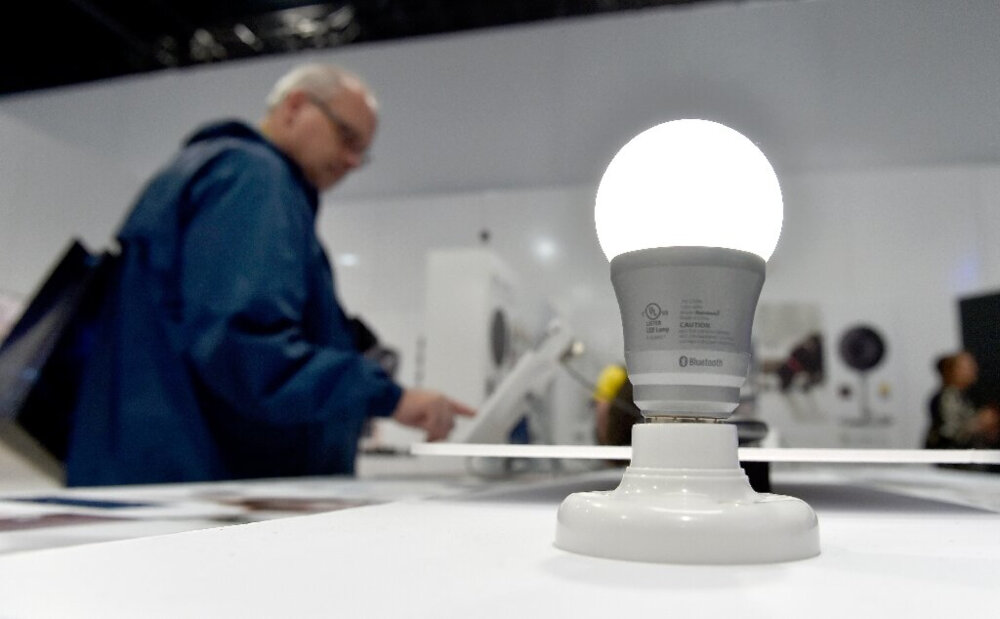
Choosing the right LED bulb is crucial when it comes to energy efficiency and cost savings. There are a few factors to consider when selecting an LED bulb, such as the brightness, color temperature, and wattage. Brightness is measured in lumens, and it’s important to choose an LED bulb with the same or higher lumens as the incandescent bulb you’re replacing. Color temperature is measured in Kelvins, and it indicates the warmth or coolness of the light. For a warm and cozy atmosphere, choose an LED bulb with a lower Kelvin number, while for a cool and crisp lighting, opt for an LED bulb with a higher Kelvin number. Finally, wattage measures the amount of energy used by the bulb and it’s important to choose an LED bulb with lower wattage than the incandescent bulb to achieve energy efficiency. When selecting an LED bulb, it’s also important to consider the bulb’s lifespan and compatibility with your fixtures. LED bulbs can last up to 25 times longer than incandescent bulbs, which means fewer bulb replacements and cost savings in the long run. Additionally, some LED bulbs may not be compatible with certain fixtures or dimmer switches, so it’s important to check the packaging or consult with a lighting expert to ensure compatibility. By choosing the right LED bulb, you can upgrade your lighting for energy efficiency, cost savings, and a better lighting experience.
LED bulbs are available in several types, each with unique features and benefits. The most common type is the A-shaped bulb, which is designed to replace traditional incandescent bulbs. These bulbs are available in various wattage equivalents and offer a warm, soft white light. Globe bulbs are another popular option that provides a decorative touch to chandeliers and vanity lights. LED strip lights are versatile and can be cut to fit any length, making them perfect for under-cabinet lighting. Floodlights are ideal for outdoor use and provide a wide beam angle, while spotlights offer a more focused beam. Finally, smart bulbs can be controlled remotely via a smartphone app or voice assistant and offer customizable lighting options. Choosing the right type of LED bulb can enhance the ambiance of a room while also reducing energy costs.
Choosing the right bulb for your needs can be a daunting task with so many options available in the market. However, the first and foremost aspect to consider is the bulb’s efficiency and energy consumption. LEDs are the best option for energy efficiency, as they consume less energy and last longer than incandescent bulbs. The brightness of the bulb is also an essential factor to consider. The lumens of the bulb determine the brightness, and it is crucial to choose the right amount of lumens to suit your needs. The color temperature of the bulb also plays a vital role in setting the ambiance of the room. Warm white bulbs create a cozy atmosphere, while cool white bulbs offer a crisp and bright light. By considering these factors, you can choose the right bulb that suits your needs and provides energy efficiency.
When upgrading your lighting from incandescent bulbs to LEDs, it’s important to consider the color temperature and brightness level to ensure optimal lighting in your space. Color temperature is measured in Kelvin and can range from warm (typically 2700K-3000K) to cool (5000K-6500K). Warm light creates a cozy and inviting atmosphere, while cool light is brighter and more energizing. The brightness level, measured in lumens, determines how bright or dim the light will be. For example, a bedroom may require a lower brightness level than a workspace. It’s important to find the right balance between color temperature and brightness level to create the desired mood and function of the space.
Removing the Old Bulb
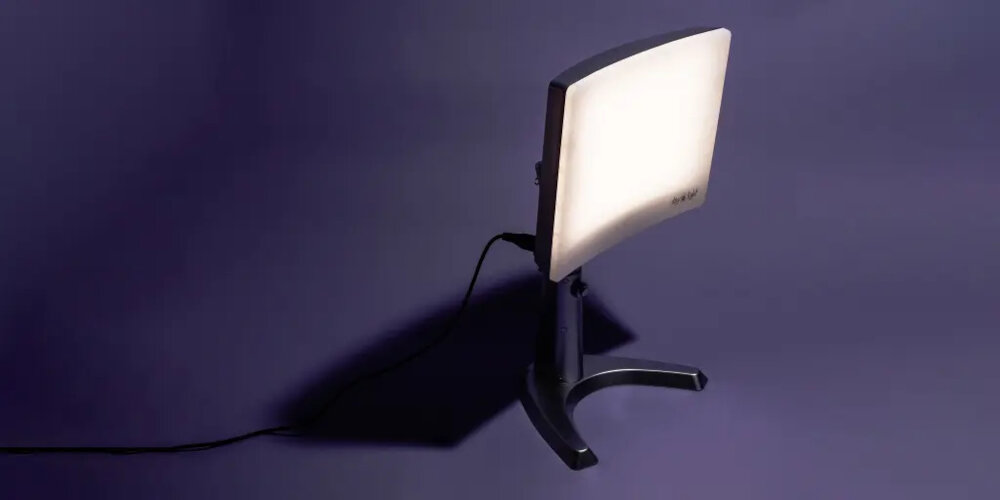
When it comes to upgrading your lighting system, replacing old incandescent bulbs with energy-efficient LED bulbs is a great way to save money on your electricity bill and reduce your carbon footprint. However, before you can install your new LED bulb, you need to remove the old incandescent bulb first. Removing the old bulb may seem like a simple task, but it requires some caution and attention to detail to avoid any accidents and ensure a smooth transition to the new bulb. To start, make sure that the light switch is turned off to avoid any electrical shocks or accidents. Then, gently grip the base of the bulb and turn it counterclockwise until it loosens and comes out of the socket. If the bulb is stuck, do not force it out, as it may break and cause injury. Instead, try wiggling the bulb gently or using a pair of pliers with a soft cloth to grip the base and turn it. Once the bulb is out, dispose of it properly in a recycling center or according to your local regulations. Remember to never throw away incandescent bulbs in the trash, as they contain hazardous materials that can harm the environment.
When it comes to replacing an incandescent bulb with an LED bulb, it’s important to know how to safely remove the old bulb. Before starting, turn off the power to the light fixture to avoid any electrical shock. Once the power is off, wait for the bulb to cool down completely before attempting to remove it. Wearing gloves or using a cloth, gently twist the bulb counterclockwise until it releases from the socket. If the bulb is stubborn and won’t budge, try wiggling it gently from side to side before attempting to twist it again. Once the bulb is removed, dispose of it properly by placing it in a sealed bag and taking it to a recycling center. By following these simple steps, you can safely and easily upgrade your lighting to be more energy-efficient with LED bulbs.
When upgrading your lighting from incandescent bulbs to LED, it’s important to avoid common mistakes that can lead to inefficiencies and safety hazards. Firstly, make sure you choose the correct LED bulb for your fixture and ensure it is compatible with your dimmer switch if you have one. Secondly, don’t forget to turn off the power before replacing the bulb to avoid electrical shocks. Thirdly, make sure you dispose of your old incandescent bulbs properly by recycling them. Finally, double-check that your LED bulbs are properly installed and securely screwed into place to prevent flickering or damage. By following these tips, you can upgrade your lighting safely and efficiently, saving energy and money in the process.
Installing the LED Bulb
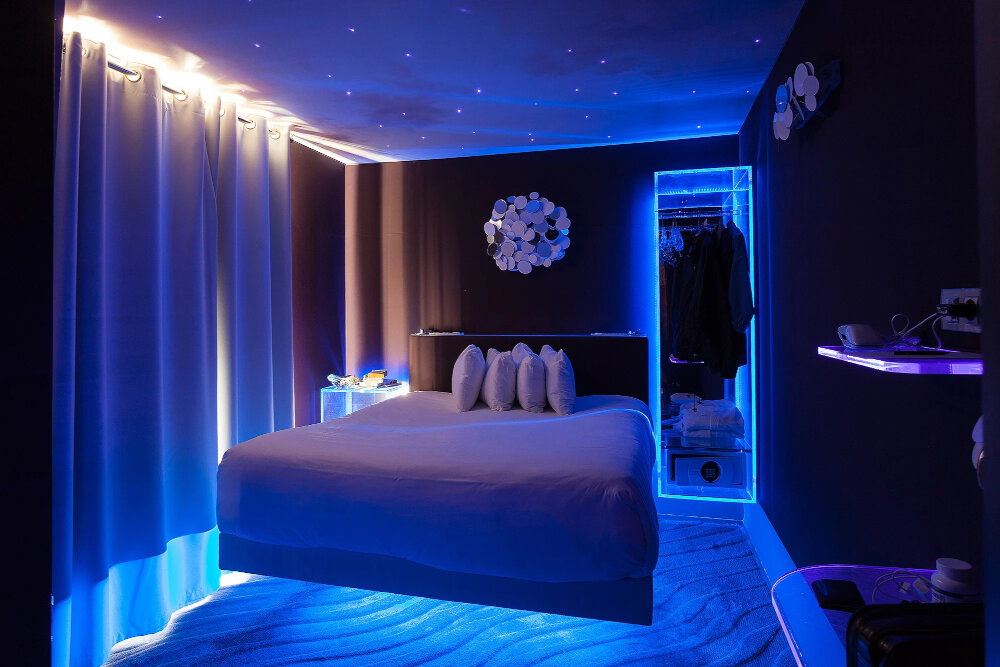
Upgrading your lighting to LED bulbs can help you save energy and reduce your electricity bill. LED bulbs are more energy-efficient than incandescent bulbs, and they last longer, so you won’t have to replace them as often. Installing LED bulbs is also easy and straightforward. All you need to do is follow a few simple steps, and you’ll have your new bulbs up and running in no time. The first step in installing an LED bulb is to turn off the power to the fixture. This is important to ensure your safety during the installation process. Once the power is off, you can remove the old incandescent bulb by twisting it counterclockwise and pulling it out of the socket. Next, you’ll need to check the socket to make sure it’s compatible with your new LED bulb. LED bulbs come in different sizes and shapes, so it’s important to choose one that fits your fixture. Once you’ve found the right bulb, you can insert it into the socket and twist it clockwise to secure it in place. Finally, you can turn the power back on and test out your new LED bulb. With these simple steps, you can easily upgrade your lighting to LED bulbs and enjoy the benefits of energy efficiency and long-lasting performance.
Upgrading your lighting to LED bulbs is a smart way to save money on energy bills and reduce your carbon footprint. Replacing an incandescent bulb with an LED bulb is easy and requires only a few simple steps. First, turn off the power to the light fixture. Next, unscrew the old bulb and remove it from the socket. Then, insert the LED bulb into the socket and gently twist it until it is secure. Finally, turn the power back on and enjoy the energy-efficient, long-lasting illumination of your new LED bulb. With this simple upgrade, you can enjoy brighter, more efficient lighting while also doing your part to protect the environment.
When upgrading your lighting and replacing incandescent bulbs with LED ones, it is important to avoid common mistakes that can lead to inefficiency and even safety hazards. Firstly, make sure to choose the correct LED bulb for your fixture by checking the wattage and base size. Secondly, avoid mixing different types of bulbs in one fixture as this can cause uneven lighting and damage to the bulbs. Thirdly, never touch the LED bulbs with bare hands as oils from your skin can cause damage to the bulb and reduce its lifespan. Finally, always turn off the power before installing or removing any light bulbs to avoid electric shock. By following these tips, you can ensure a safe and efficient upgrade to LED lighting.
Enjoying the Benefits of LED Lighting
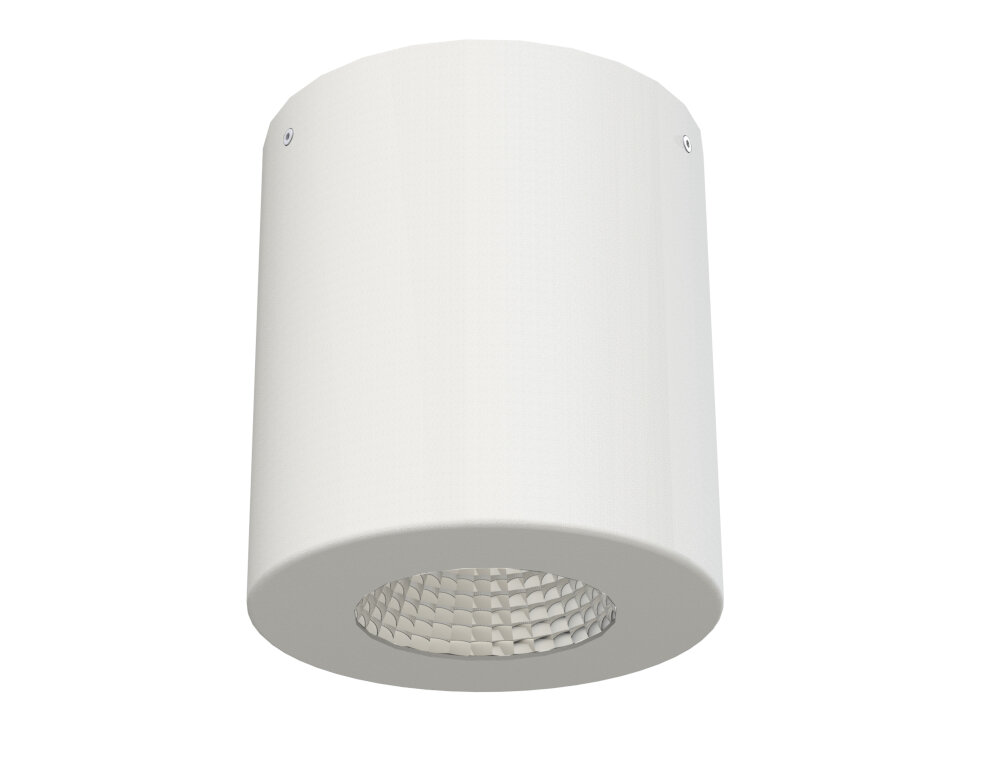
LED lighting has taken the world by storm in recent years, and for good reason. LED bulbs are incredibly energy-efficient, lasting up to 25 times longer than traditional incandescent bulbs while using only a fraction of the energy. This means that not only will you save money on your energy bill, but you’ll also save money on replacement bulbs. LED bulbs are also much safer than their traditional counterparts, as they emit less heat and are less likely to cause fires or other accidents. Additionally, LED bulbs come in a variety of colors and brightness levels, making it easy to find the perfect lighting for any room in your home. One of the most significant benefits of LED lighting is its impact on the environment. Traditional incandescent bulbs are notorious for their energy waste, as they convert only 10% of the energy they use into light. The other 90% is lost as heat, which contributes to global warming and other environmental problems. LED bulbs, on the other hand, are much more efficient, converting up to 80% of the energy they use into light. This means that not only will you be saving money on your energy bill, but you’ll also be doing your part to reduce your carbon footprint and protect the planet. So if you’re looking for a way to upgrade your lighting while enjoying the benefits of energy efficiency and environmental responsibility, LED lighting is the way to go.
LED lighting has revolutionized the way we light our homes and businesses. LED bulbs offer many benefits over traditional incandescent bulbs, including energy efficiency, long lifespan, and cost savings. LED bulbs use up to 80% less energy than incandescent bulbs, which means lower electricity bills and a reduced carbon footprint. Additionally, LED bulbs can last up to 25 times longer than incandescent bulbs, which means less hassle and cost when it comes to replacing them. LED bulbs also emit less heat than incandescent bulbs, making them safer and more environmentally friendly. Overall, upgrading to LED lighting is a smart choice for anyone looking to save money, reduce their environmental impact, and improve the quality of their lighting.
One of the easiest ways to save money on your energy bill is by upgrading your lighting. By replacing incandescent bulbs with LED bulbs, you can significantly reduce your energy consumption and ultimately save money. LED bulbs use up to 85% less energy than incandescent bulbs and last up to 25 times longer. Additionally, LED bulbs emit less heat than incandescent bulbs, which can help keep your home cooler in the summer months. While LED bulbs may have a higher upfront cost, they will save you money in the long run due to their energy efficiency and longevity. Overall, upgrading your lighting to LED bulbs is a simple and effective way to reduce your energy consumption and save money on your energy bill.
Upgrading to LED bulbs is an effective way to reduce your carbon footprint. LED bulbs consume significantly less energy than traditional incandescent bulbs, reducing carbon emissions from power plants. They are also much more durable and can last up to 25 times longer, reducing the number of bulbs that end up in landfills. LED bulbs do not contain toxic materials like mercury, which is commonly found in compact fluorescent bulbs, making them safer for the environment. Additionally, LED bulbs emit less heat, reducing energy usage from air conditioning systems. Making the switch to LED bulbs is a small but impactful step towards a more sustainable future.
LED lighting is a smart and cost-effective way to upgrade your lighting system. LED lights are energy-efficient and durable, with a lifespan of up to 50,000 hours. LED bulbs are also eco-friendly, as they consume less power, emit less heat and greenhouse gases, and contain no hazardous chemicals like mercury. In addition, LED lighting provides brighter, clearer and more consistent illumination than traditional incandescent bulbs, making it ideal for homes, offices, and public spaces. With LED lighting, you can enjoy significant energy savings, reduced maintenance costs, and a healthier, more sustainable environment. So, switch to LED lighting today and start enjoying the numerous benefits it has to offer!
When making the switch to LED bulbs, there are a few final tips to keep in mind to ensure a smooth transition. First, make sure to choose the right color temperature for your space. LED bulbs come in a range of color temperatures, from warm white to cool white, so consider the mood you want to create in each room. Additionally, be sure to check the bulb’s compatibility with your existing fixtures and dimmer switches. Not all LED bulbs are compatible with all dimmer switches, so make sure to do your research before making a purchase. Finally, remember that LED bulbs are a long-term investment that will save you money in the long run, so don’t be afraid to spend a bit more upfront for higher-quality bulbs that will last for years.
If you’re looking for a simple and effective way to reduce your energy consumption and lower your utility bills, upgrading your lighting to LED is a no-brainer. LED bulbs use up to 80% less energy than traditional incandescent bulbs, which not only saves you money but also reduces your carbon footprint. Not to mention, LED bulbs last up to 25 times longer than incandescent bulbs, meaning you’ll have to replace them far less often. So, if you’re still using incandescent bulbs in your home or office, it’s time to make the switch to LED and start enjoying the benefits of energy efficiency. Plus, with a wide variety of LED bulbs available on the market, you’re sure to find the perfect fit for your lighting needs.
Conclusion
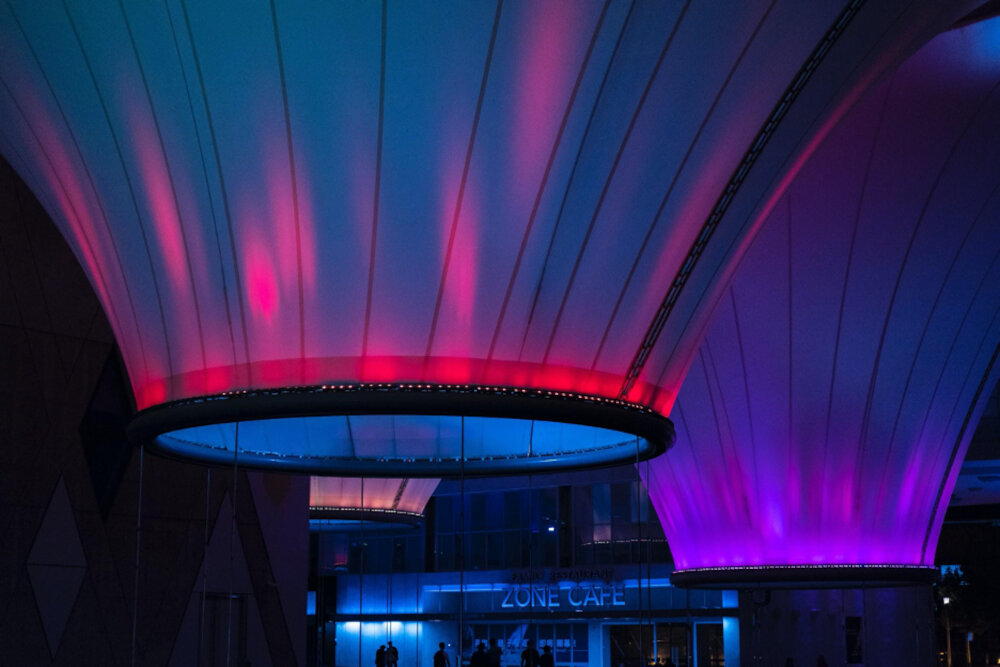
In conclusion, upgrading your lighting to LED bulbs is a simple and effective way to improve energy efficiency in your home or business. By replacing outdated incandescent bulbs with LED counterparts, you can enjoy significant savings on your energy bills while also reducing your carbon footprint. LED bulbs are more durable, longer-lasting, and available in a wide range of styles and colors. With advances in technology and increased availability, there’s never been a better time to make the switch to LED lighting. So don’t wait, upgrade your lighting today and start enjoying the benefits of a brighter, more energy-efficient future.





